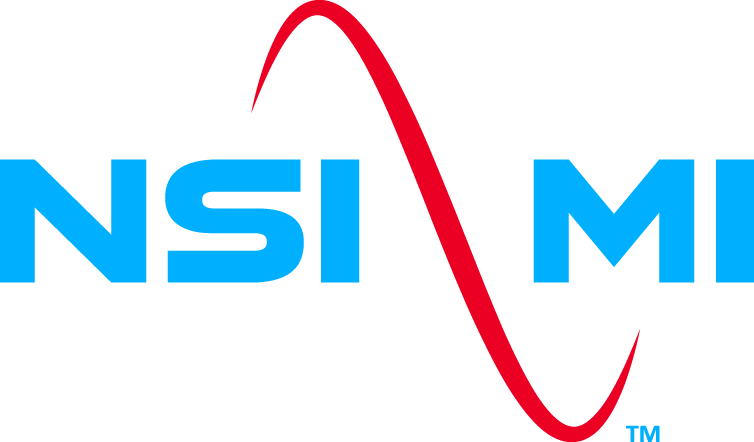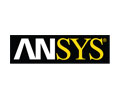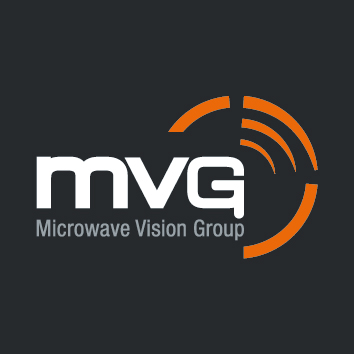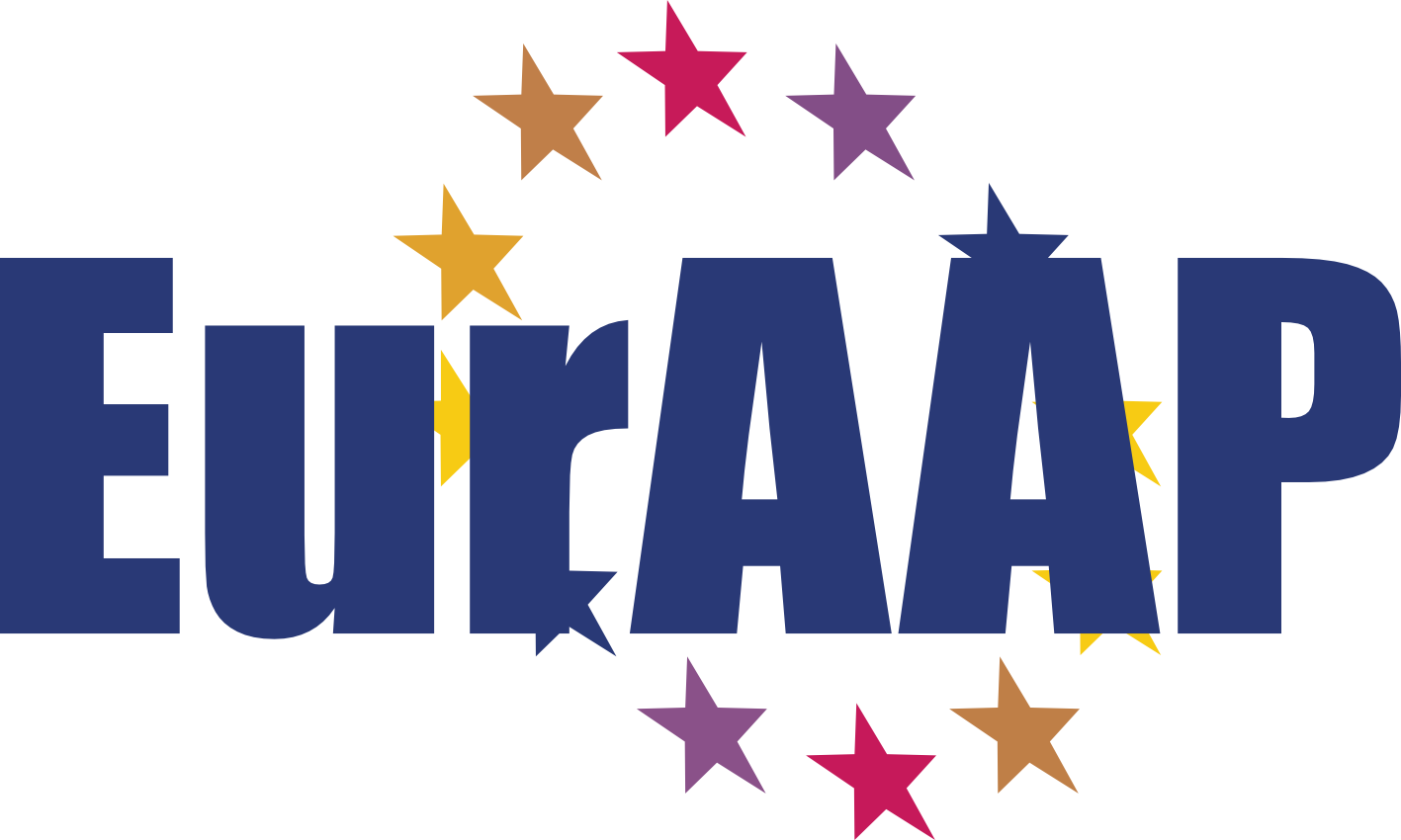Prof Ozlem Kilic, Catholic University of America
Large scale electromagnetics: Overview and future direction
Biography
 Prof Kilic (DSc (1996), the George Washington University, Washington, DC) is the Chair of the Electrical Engineering and Computer Science Department at the Catholic University of America, Washington, DC. Prior to joining CUA, she was an Electronics Engineer at the U.S. Army Research Laboratory, Adelphi MD where she managed SBIR Programs for the development of hybrid numerical electromagnetic tools to analyse and design electrically large structures.
Prof Kilic (DSc (1996), the George Washington University, Washington, DC) is the Chair of the Electrical Engineering and Computer Science Department at the Catholic University of America, Washington, DC. Prior to joining CUA, she was an Electronics Engineer at the U.S. Army Research Laboratory, Adelphi MD where she managed SBIR Programs for the development of hybrid numerical electromagnetic tools to analyse and design electrically large structures.
Prof Kilic also has over five years of industry experience at COMSAT Laboratories as a Senior Engineer and Program Manager with specialisation in modeling, design and test of phased arrays and reflector antennas for satellite communications systems.
Her research interests include hardware accelerated electromagnetic modeling, radar detection of human vital signatures, beamforming and antenna design, microwave remote sensing.
Synopsis
The ability to analyse radiation and scattering properties of objects in nature, or devices in their operational environment has long been of interest to researchers in the antennas and propagation community. While the fundamentals of electromagnetics have not changed since Maxwell, the field experienced significant transformation over the last few decades as computing power improved in an accelerated fashion and became mainstream technology.
Numerical techniques started picking momentum, and competing with analytical or asymptotical solutions which were dependent on the specific shape of the object under investigation. As the computing platforms shrunk in size while they became more powerful, personal computers became capable of solving larger problems. Lately, we have at our fingertips high performance computer clusters, which are accelerated further by the processing speed of GPUs. Other platforms such as FPGAs are also finding their place, albeit slowly, due to cost and the more challenging interface users need to deal with as opposed to the more intuitive GPUs.
The talk will present an overview of progress, and project what to expect for future. Examples of the hardware acceleration applications of electromagnetics research will be shown both from Catholic University and other pioneers in the field.








